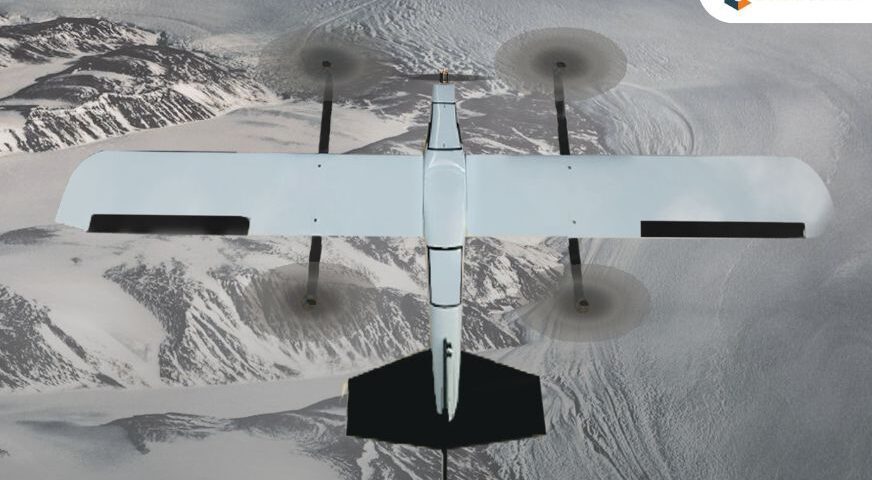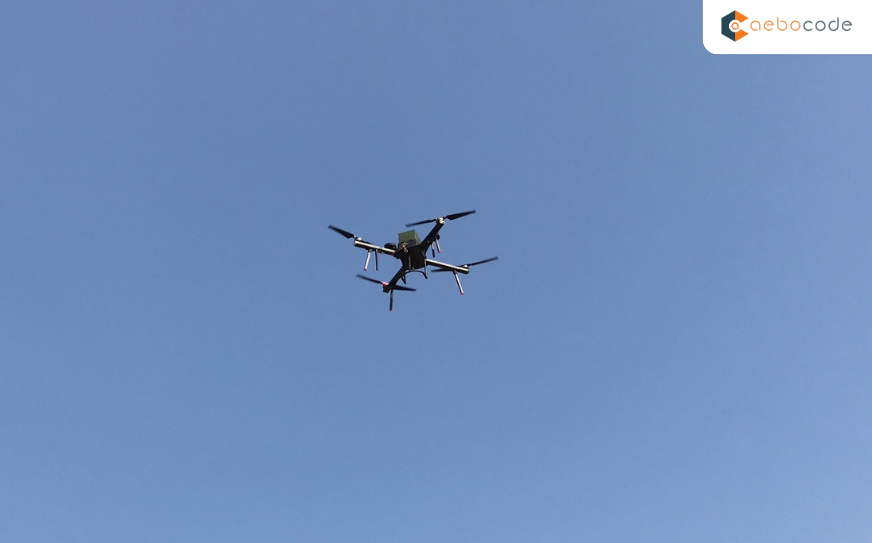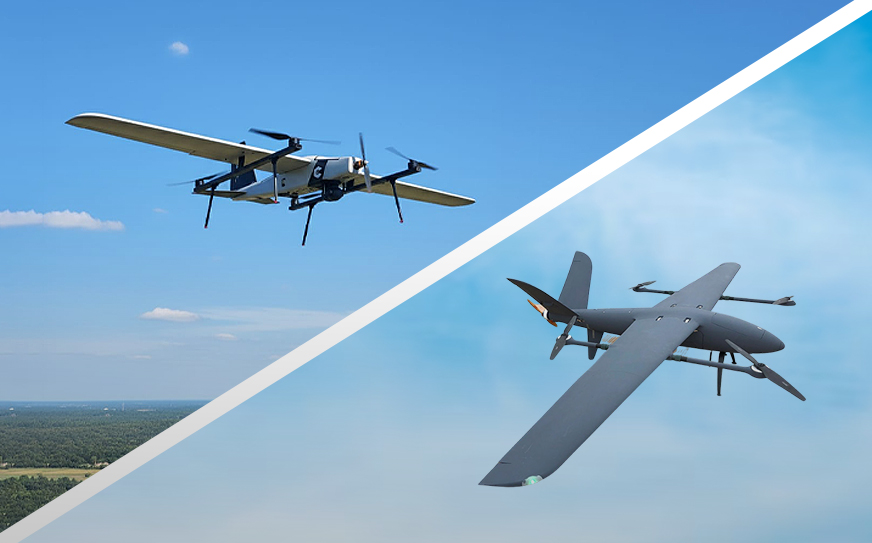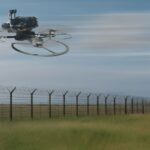
FPV Drone Kits: What They Include and How They’re Used in Military Training
July 18, 2025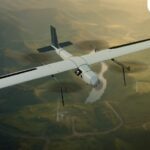
What is VTOL Drone and How It Works in Indian Terrain
July 31, 2025How VTOL Drones Stay Reliable and Perform in Tough Weather Conditions
VTOL drones are becoming a game-changer for flying in tough weather. Whether it’s freezing cold in the mountains, strong winds on the coast, or rain in the forest, these drones keep working when others can’t. But how do they manage to do this? Let’s break it down in easy terms, look at the challenges, and see why VTOL drones are so useful in rough weather.
What Are VTOL Drones?
VTOL means Vertical Take-Off and Landing. Unlike regular drones that need a flat runway to take off, VTOL drones can lift straight up into the air, like a helicopter. This is a big deal because it means they can fly where there’s no space to run or launch from. Once in the air, they can hover precisely like a helicopter or switch to flying forward like a plane to cover longer distances.
This combination makes VTOL drones perfect for places where the weather is tricky and the ground is rough.
Why Is Flying in Tough Weather Hard for Drones?
Weather affects drones in a few big ways. First, cold temperatures drain batteries faster. So when it’s freezing, drones don’t fly as long. Then there are strong winds that make it hard for drones to stay steady in the air. If the wind gusts suddenly, the drone can shake or drift off course.
Rain, snow, or ice are other problems. Water can get inside the drone’s electronics, and ice can build up on the propellers, making it harder to fly. Finally, in places like deep valleys or mountains, GPS signals can be weak or blocked, which messes with navigation.
Also read : The Ultimate Guide to Drone and UAV Types
How Do VTOL Drones Handle These Weather Problems?
VTOL drones come with special features to fight these challenges:
- Vertical Take-Off and Landing: They don’t need a runway, so they can lift off from tight or uneven spots. That’s helpful when weather limits where they can fly.
- Weatherproof Design: Many VTOL drones are built to resist rain, snow, and dust. They have sealed bodies and protected electronics to keep moisture out.
- Battery Heaters: Cold drains batteries, so these drones have heaters to warm up the batteries before and during flight. This keeps the drone powered longer in cold weather.
- Strong Motors and Big Propellers: Air is thinner at high altitudes, which makes it harder to fly. VTOL drones use powerful motors and larger propellers to stay stable even in thin air.
- Smart Sensors and Controls: These drones have sensors that detect wind and turbulence. Their flight computers quickly adjust the drone’s position to keep it steady even when the weather changes fast.
- Backup Systems: In case something goes wrong, VTOL drones have safety features like automatic return-to-home or emergency landing to prevent crashes.
Where Are VTOL Drones Used in Tough Weather?
VTOL drones are already helping in many real-world situations:
- Mountain Rescue: They can quickly reach lost hikers or drop supplies in places helicopters can’t land.
- Disaster Relief: During floods or snowstorms, VTOL drones deliver food and medicine to isolated communities.
- Environmental Monitoring: Scientists use them to study wildlife, forests, and glaciers where conditions are cold and windy.
- Military and Border Patrol: They provide surveillance in tough terrain and harsh weather where traditional aircraft struggle.
What Are the Limits?
Even with these features, VTOL drones face some limits
- Cold still shortens battery life quite a bit, so flight times are shorter.
- Extra heaters and protection add weight, which means less room for cargo.
- Flying in extreme winds or storms needs skilled pilots—automation can’t handle everything.
- Some areas restrict drone flights, so legal limits apply.
Tips for Flying VTOL Drones in Bad Weather
- Warm up the batteries before flying.
- Check wind speeds and avoid very strong gusts.
- Use drones with weatherproof ratings for wet conditions.
- Plan more than one landing spot just in case.
- Fly shorter missions to save battery power.
- Keep extra batteries warm and ready.
Also read : The Future of Border Security
Why VTOL Drones Matter in Tough Weather
VTOL drone technology is making flying in rough weather much more possible. Their ability to take off vertically, resist bad weather, manage cold batteries, and adjust instantly to wind means they can do jobs others can’t. Whether it’s helping save lives in mountain rescues or gathering data in harsh environments, these drones are opening new doors.
If your work or business needs reliable drone flights in difficult weather, VTOL drones are worth considering. They’re designed to handle the challenge and get the job done even when nature doesn’t make it easy.
Contact us to learn more about VTOL drones for your mission.



